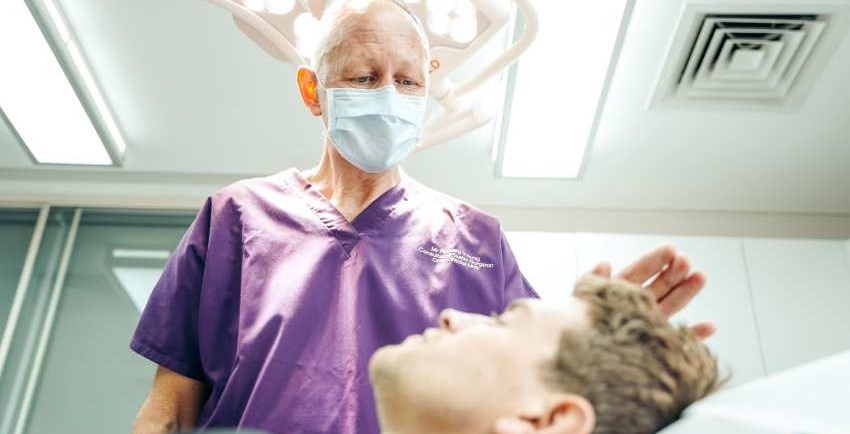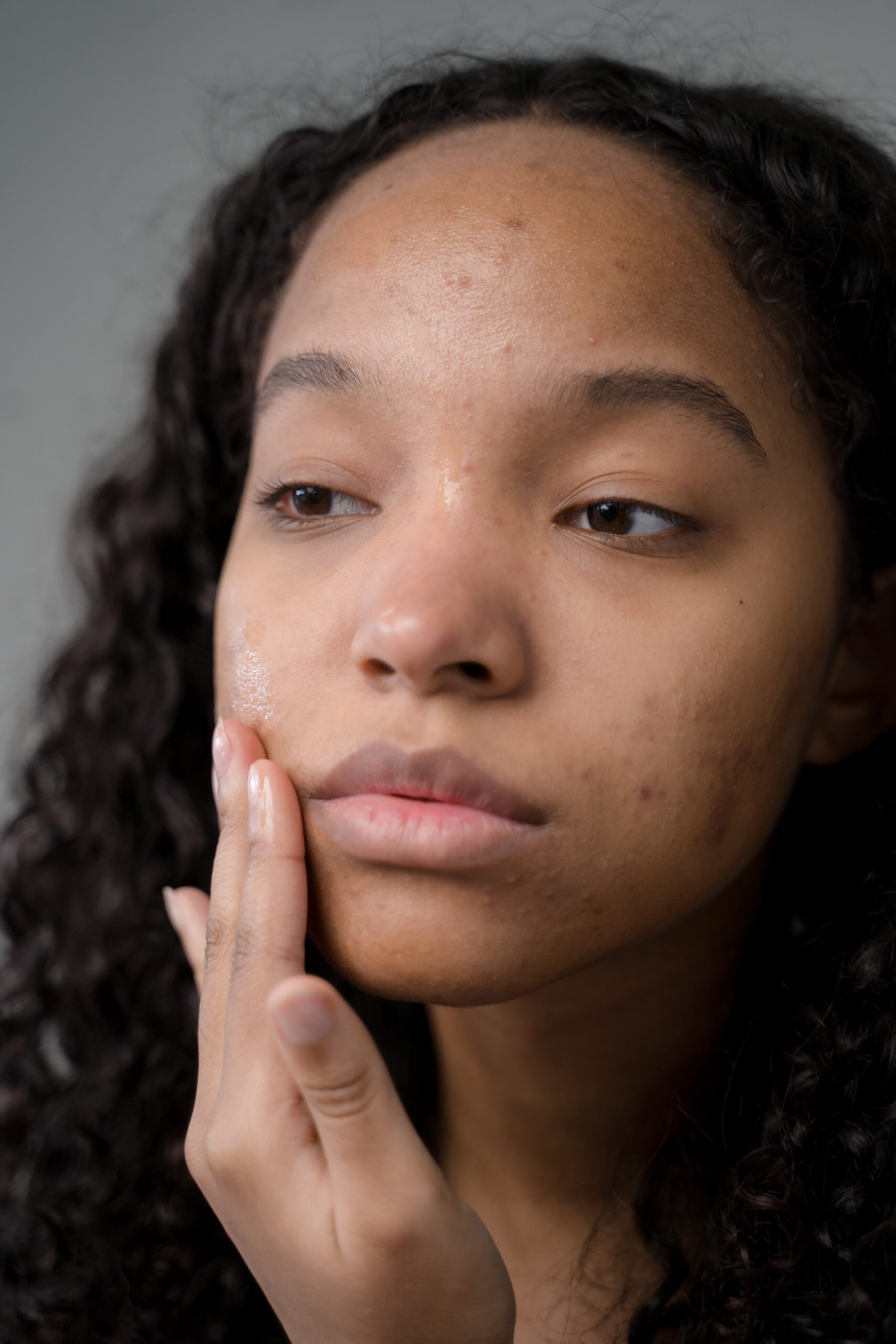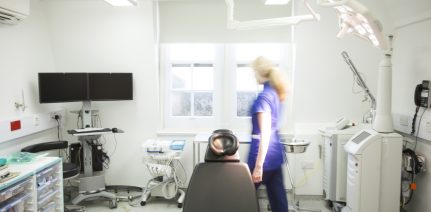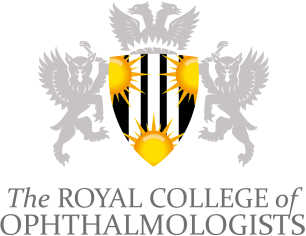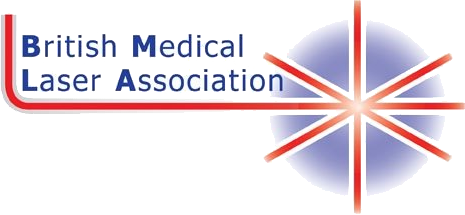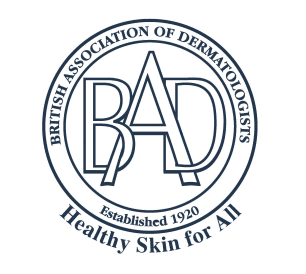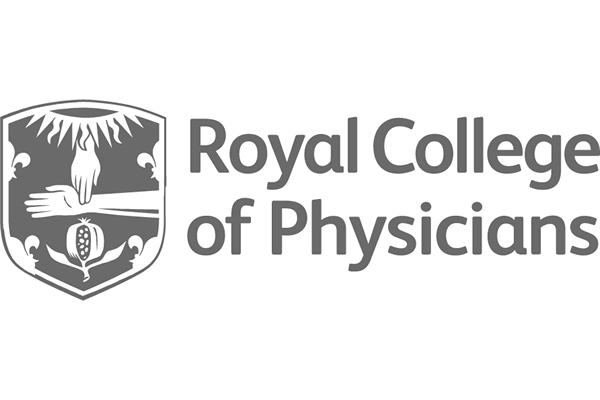Effective acne scar treatments delivered by a team of expert medical and surgical consultants
At The London Scar Clinic we know the impact that acne scarring can have – beyond the damage to the surface of the skin, there is also the considerable psychological impact on patients’ confidence and well-being.
Within The London Scar Clinic we have a team of experts that are recognised for their knowledge and treatment of acne scarring on the face, chest and back.
We understand that every patient is different, and following an initial consultation, we seek to create a personalised treatment plan to address patients’ individual condition to improve the skin damage caused by acne scarring, irrespective of the subtypes of scars you have.
Boxcar acne scars
As the name suggests, boxcar acne scars appear “box-like” with sharp, defined edges. This type of acne scarring is typically formed by widespread acne however they can appear from other issues, for example, chicken pox. Boxcar acne scars often respond well to “punch” excisional procedures followed by laser resurfacing.
Ice pick acne scars
Ice pick acne scars tend to appear as smaller, narrow indentations within the skin which point down into the deeper layers within the skin. Ice pick scars are typically more common within the cheek area and often more persistent to laser resurfacing treatment. Ice pick scars respond well to punch excision treatment or localised chemical peeling techniques. The resultant shallow scars are much more amenable to laser treatment afterwards.
Rolling acne scars
Rolling acne scars can vary in depth and appear as waves on the skin creating an uneven texture. An initial procedure called ‘subcision’ is often recommended, where the scarred tissue underneath is cut, allowing for the release of the tethered scarring. Laser resurfacing or fat transfer or dermal filler placement is then used for optimal results.
Hypertrophic and Keloid acne scars
Hypertrophic and keloid scars can result from acne and are a result of excess collagen production – they both appear as raised lesions and are more common in people with darker skin. Both scar subtypes often respond well to several sessions of laser treatment in combination with steroids resulting in scar height reduction and colour improvement. If itch and discomfort is being experienced, this will also reduce with the above course of treatment.
Acne scarring treatment
At The London Scar Clinic we have a range of acne scarring treatments including microneedling, medical grade skin chemical peeling techniques, ablative fracional laser (UltraPulse CO2), non-ablative fractional laser (M22), soft tissue fillers, subcision and punch excision.
It is vital that any residual inflammatory acne is controlled before embarking on scarring treatments, and our consultants can help restore your skin prior to recommending any resurfacing / reconstructive procedures.
We pride ourselves on providing personalised plans for our patients, recognising all patients’ personal requirements and delivering a specific pathway to address your individual needs and skin type. The resulting treatments to improve acne scars may be one or a combination of the wide range of treatments we can provide.


